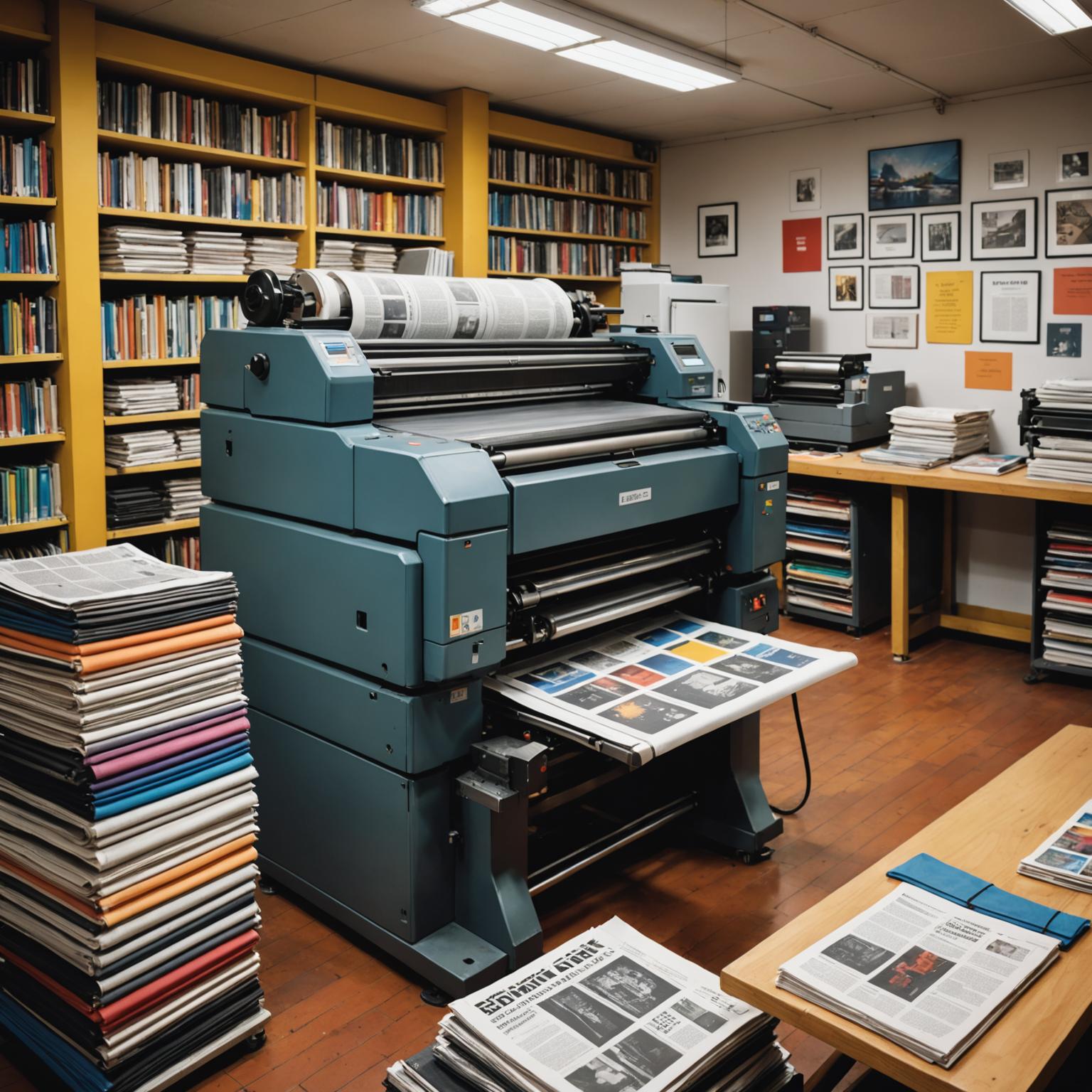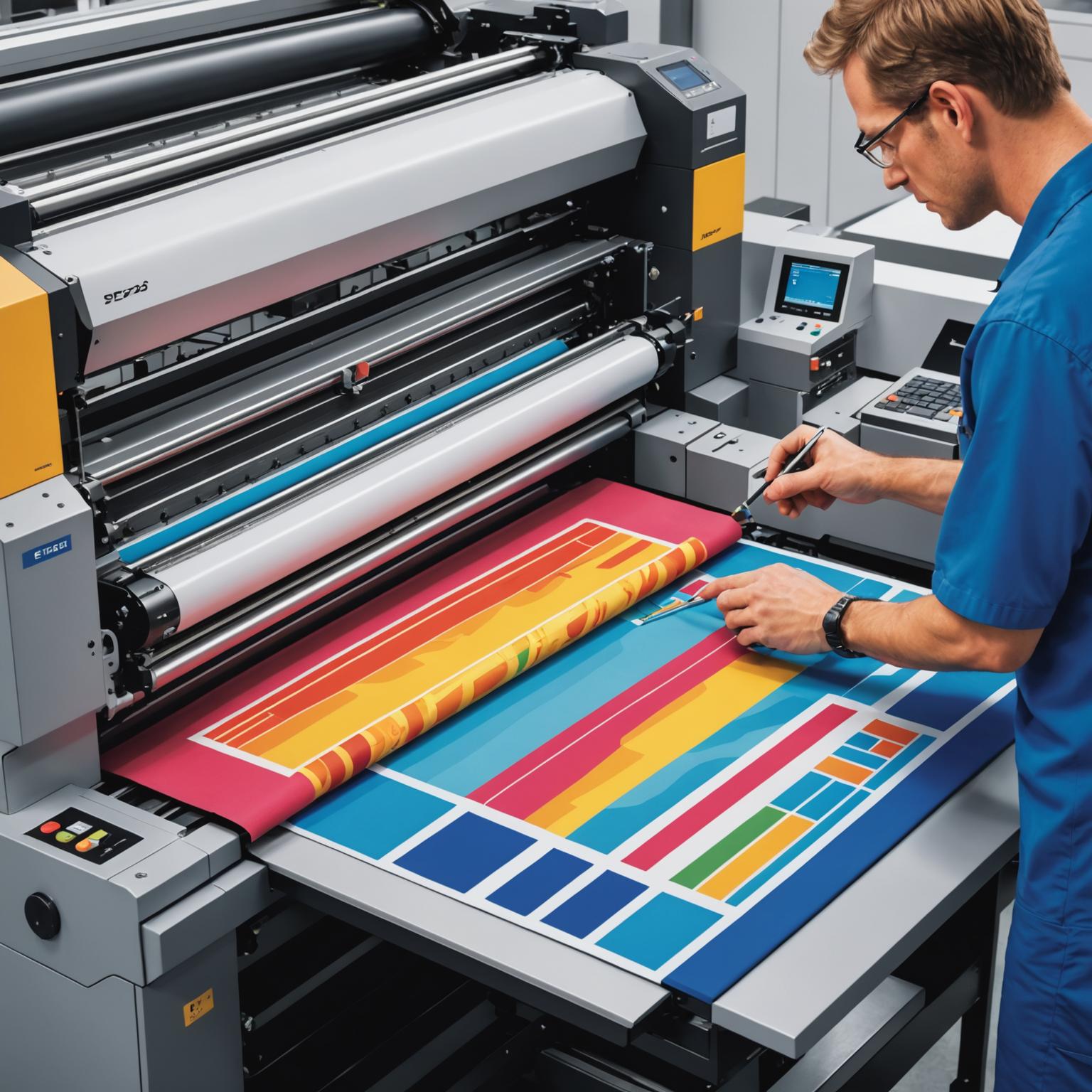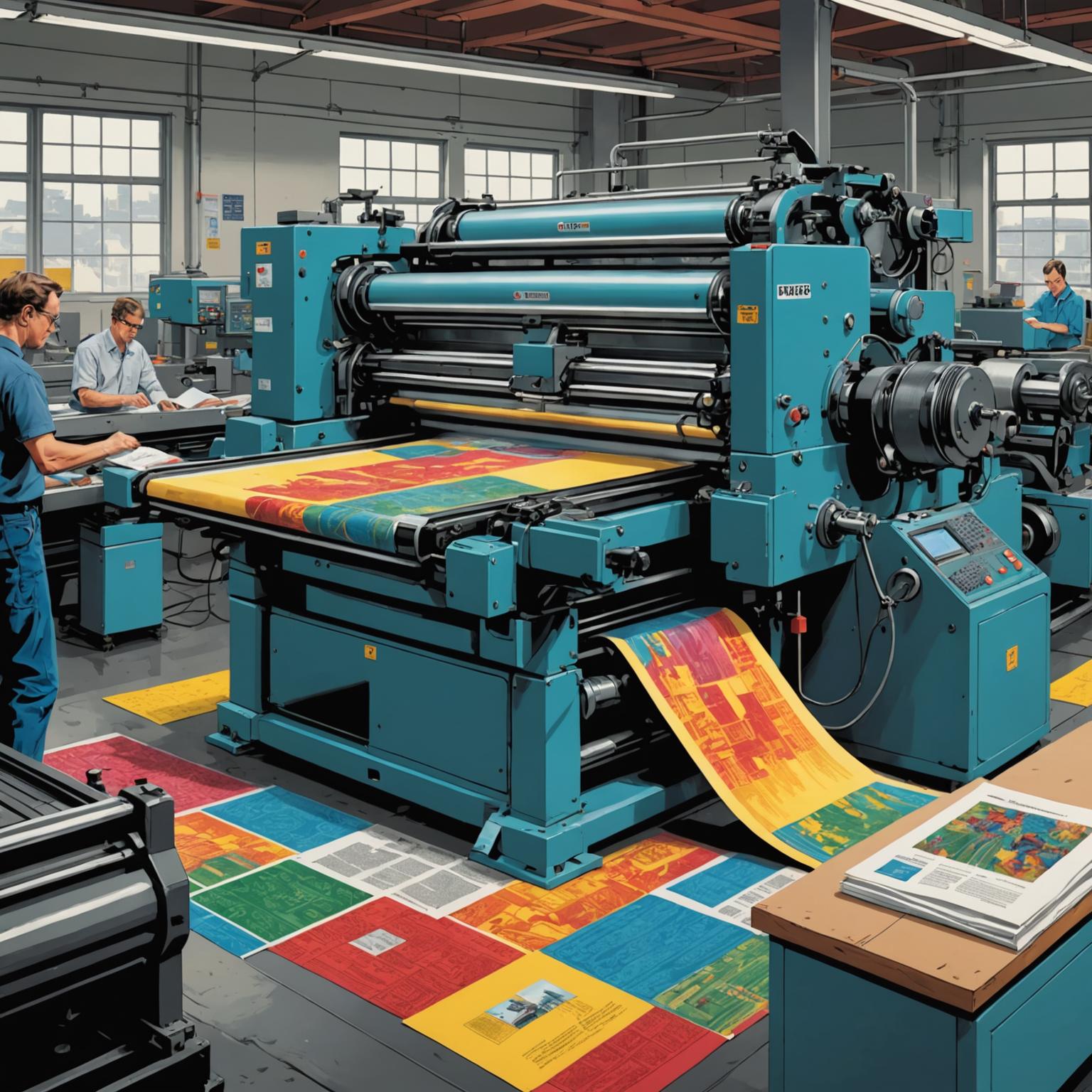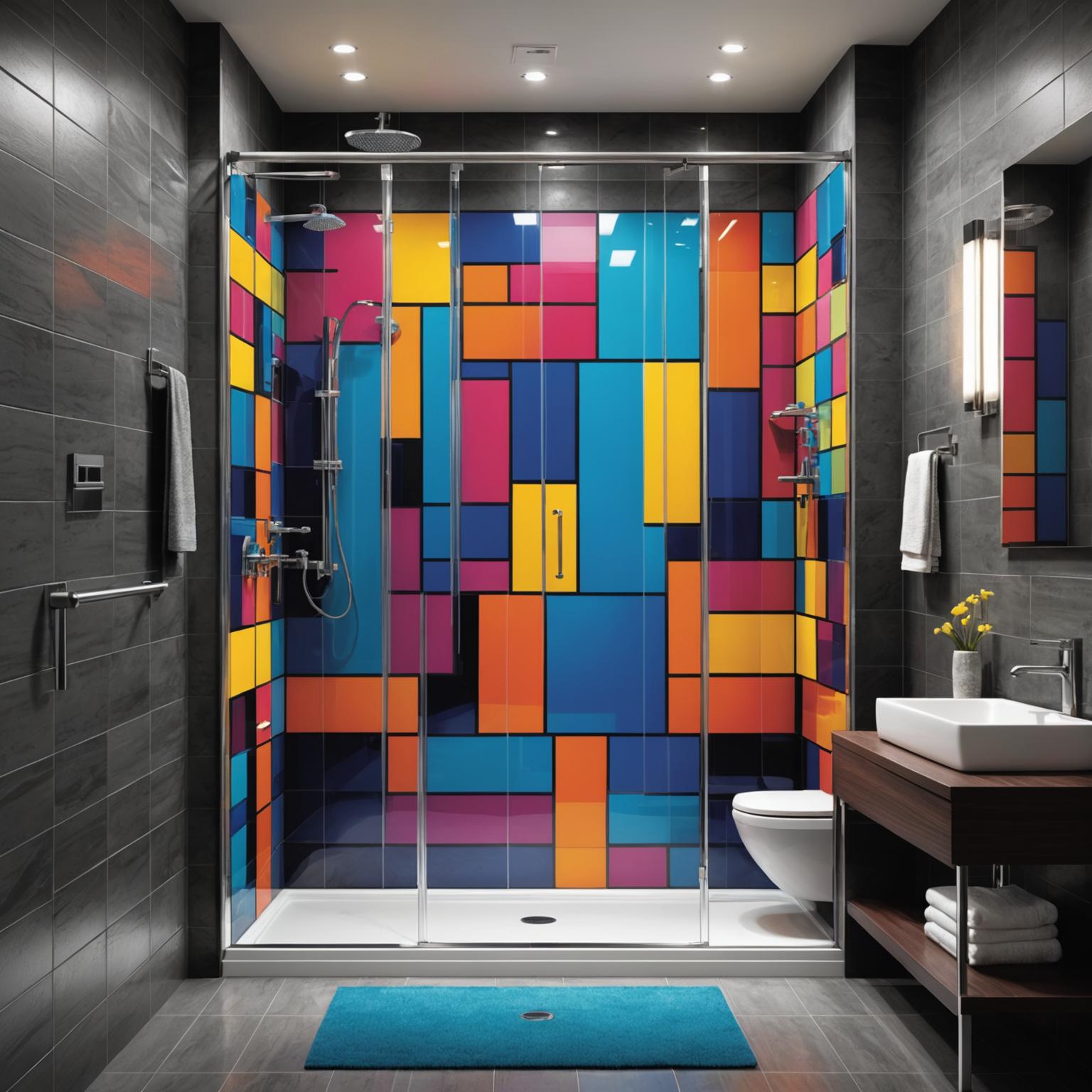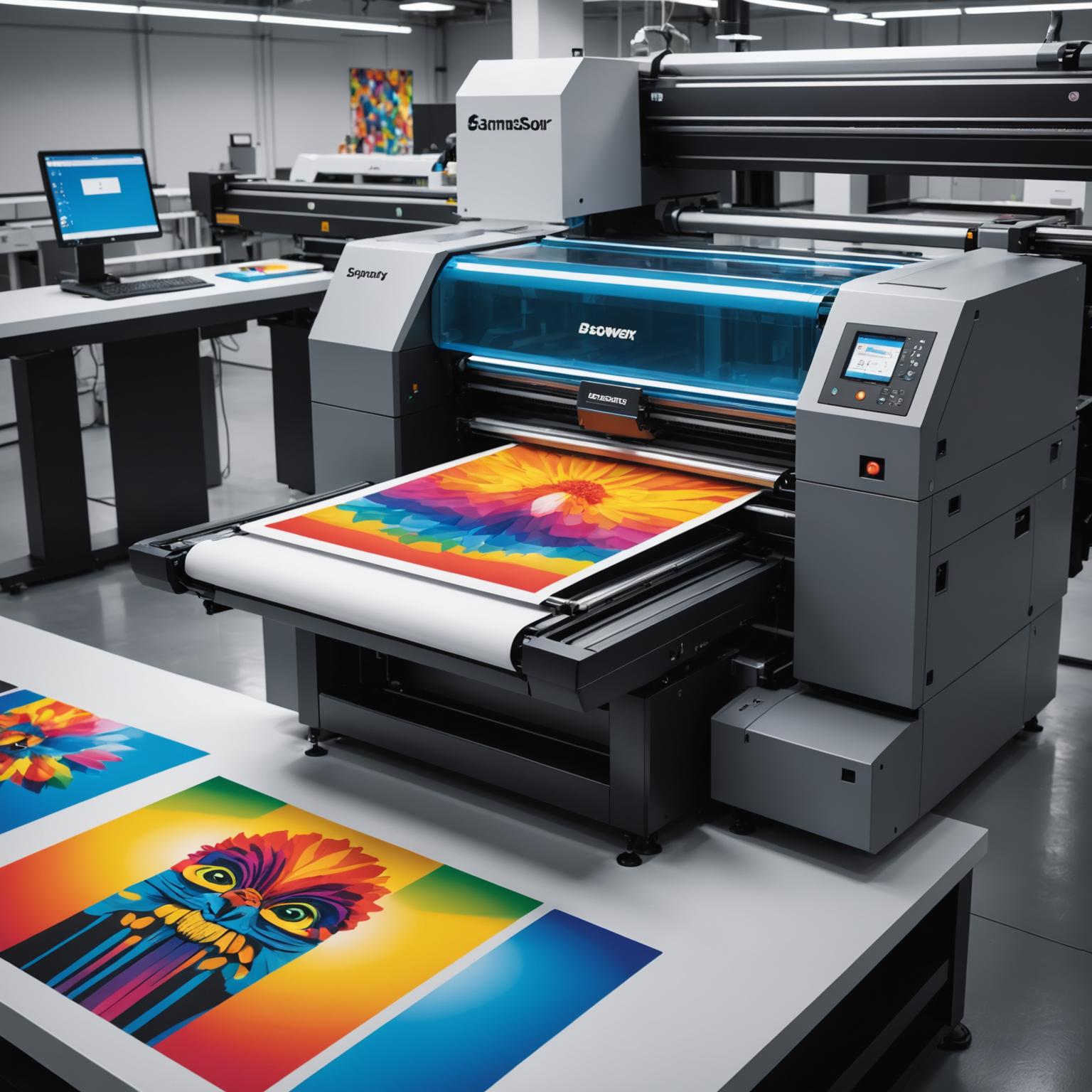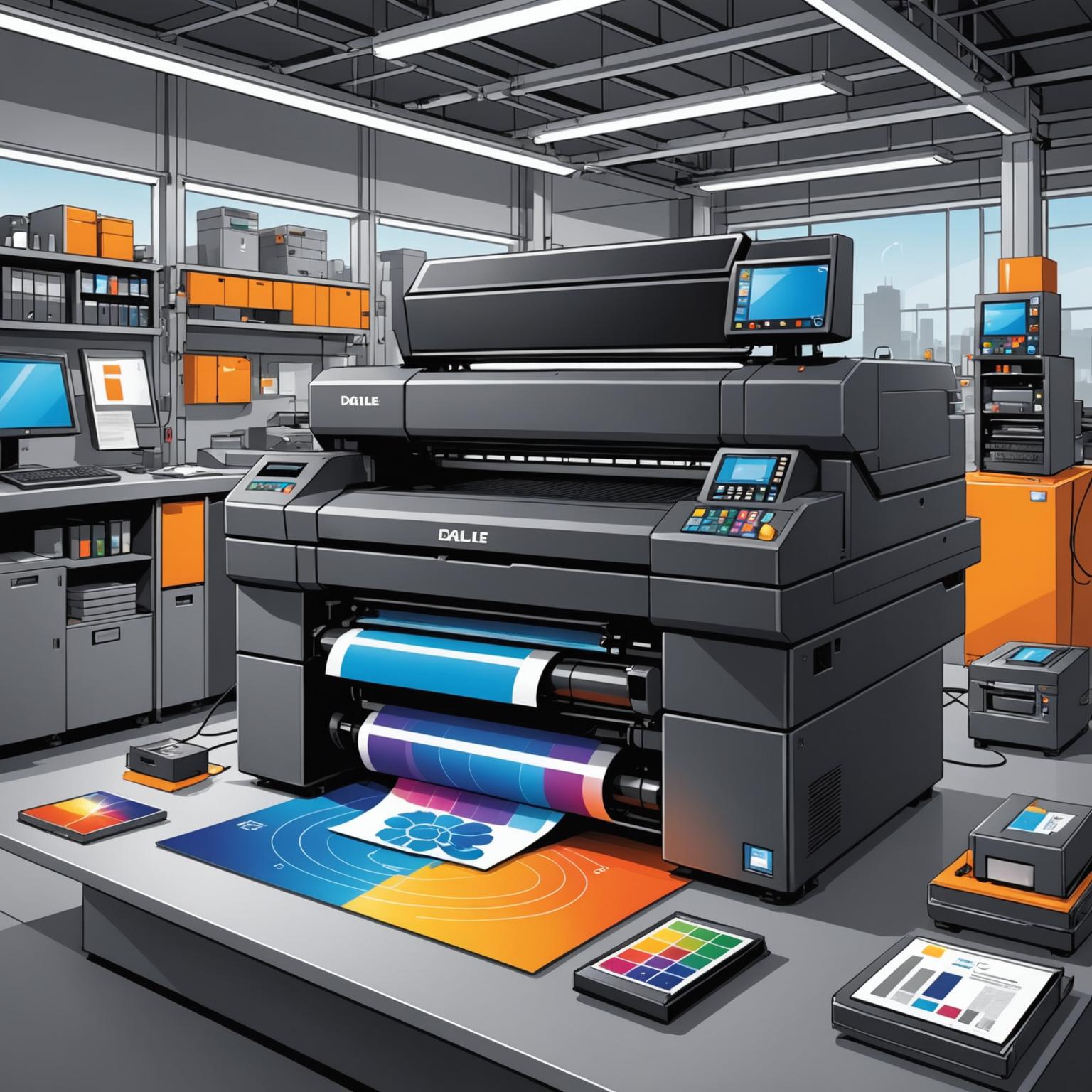Self-adhesive paper is one of the most ubiquitous materials in our daily lives, playing a crucial role in logistics, retail, manufacturing, and branding. While often taken for granted, this multi-layered product is a marvel of material science, constantly evolving to meet new demands. The basic construction—a face stock for printing, an adhesive layer, and a release liner—has been refined over the years, leading to innovations that offer unprecedented durability and functionality for modern applications.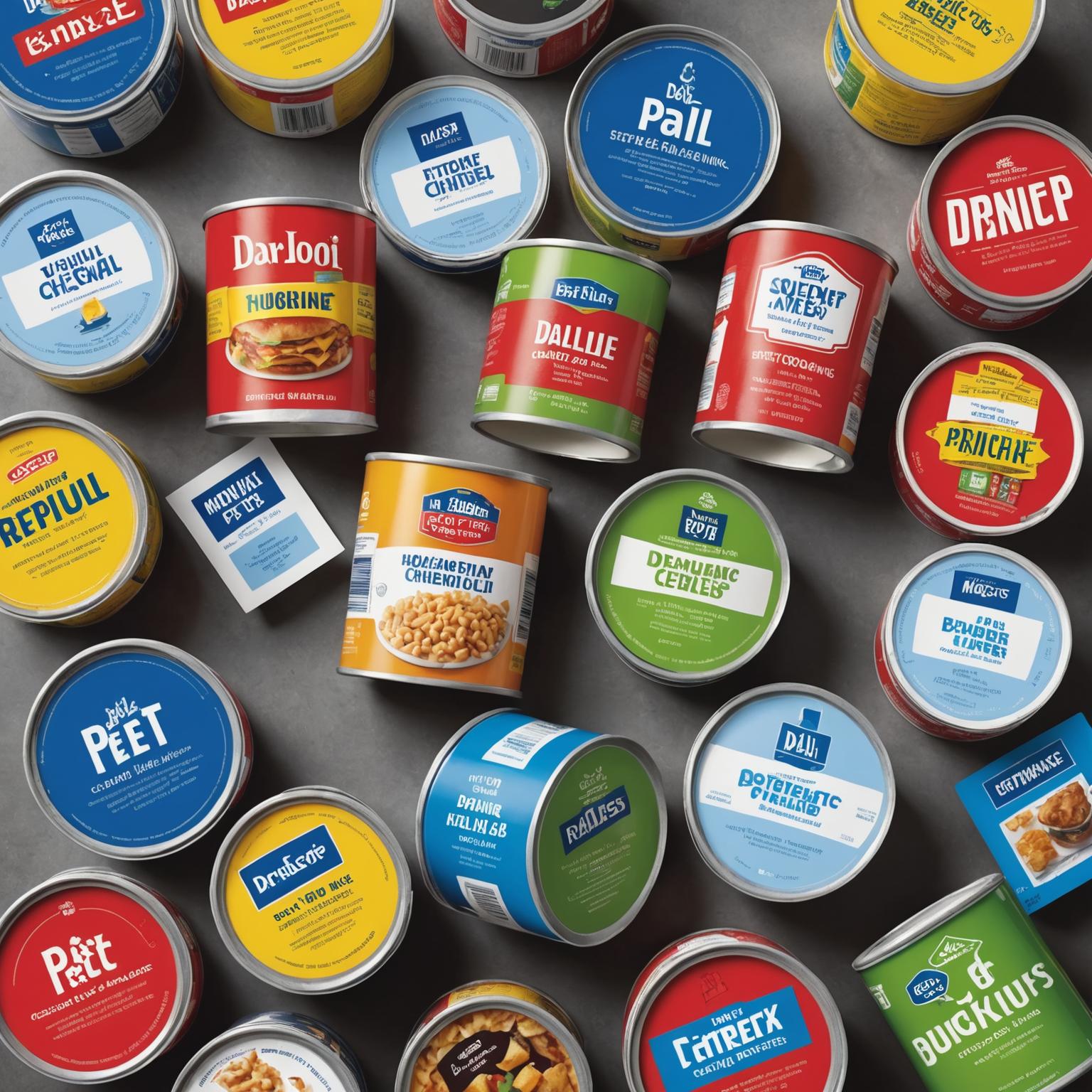
The Future is Here: Embracing the New Performance Label
As supply chains become more complex and consumer expectations rise, the need for more robust labeling has grown significantly. This has given rise to the New performance label, a category of products designed to withstand conditions far beyond the capabilities of standard paper labels. These labels are engineered for specific challenges, such as extreme temperatures, moisture exposure, chemical contact, and abrasion. For example, a label on an industrial chemical drum must remain legible despite spills and outdoor weathering. Similarly, a label on a frozen food package needs to adhere perfectly at sub-zero temperatures. A New performance label utilizes advanced synthetic face stocks, specialized adhesives, and superior liners to ensure that critical information and brand identity are preserved throughout a product's entire lifecycle, no matter the environment.
The Unsung Hero: Why Backing Paper Matters
While the face stock and adhesive get most of the attention, the backing paper, or release liner, is a critical component that dictates the efficiency and success of the labeling process. Its primary function is to protect the adhesive and provide a surface from which the label can be easily and consistently removed. For decades, paper-based liners like glassine were the standard. However, they have inherent limitations, particularly in high-speed, automated labeling environments where consistency and durability are paramount. Humidity can cause paper liners to curl or swell, leading to application issues and costly production downtime.
A Superior Choice: The Rise of PET Backing Paper
The most significant advancement in liner technology has been the widespread adoption of PET (Polyethylene terephthalate) film. Using a PET liner, often referred to as Backing paper:PET, resolves many of the issues associated with traditional paper liners. PET is a polyester film known for its exceptional strength, stability, and smoothness. Its high tensile strength makes it incredibly resistant to tearing, which is a massive advantage on high-speed automatic applicators, significantly reducing web breaks and improving operational efficiency. Furthermore, because Backing paper:PET is a plastic film, it is completely unaffected by moisture, ensuring dimensional stability and preventing label curl. This consistency is vital for precise label placement. The ultra-smooth surface of a PET liner also allows for a more uniform adhesive coating, resulting in a cleaner release and better ultimate adhesion. For applications requiring a 'no-label' look on clear containers, the crystal-clear nature of a PET liner is indispensable.
Conclusion: A Synthesis of Innovation
The evolution of Self-adhesive paper is driven by a synthesis of innovations across all its components. The push for a New performance label that can endure any environment is perfectly complemented by the technological superiority of advanced liners. The move towards solutions like Backing paper:PET is not just about performance; it's also about reliability and sustainability, as PET is a highly recyclable material. Together, these advancements are empowering businesses to create more durable, attractive, and efficient packaging, ensuring their products make a lasting impression from the production line to the end consumer.


